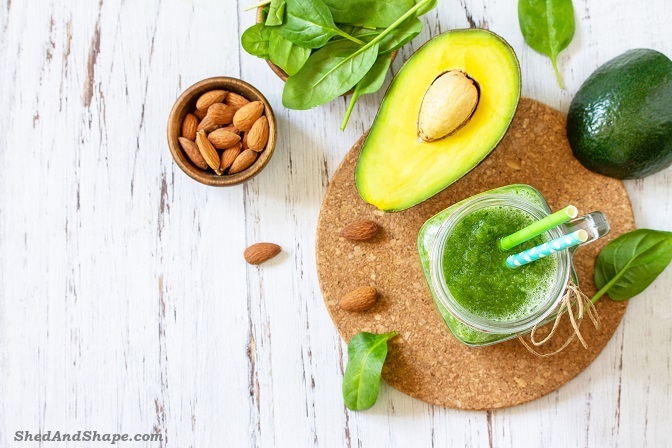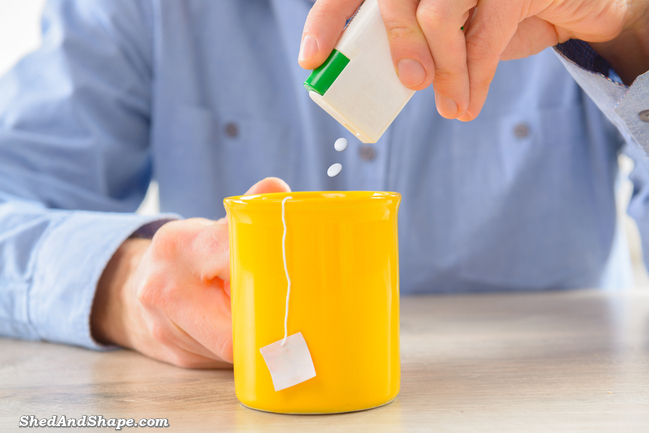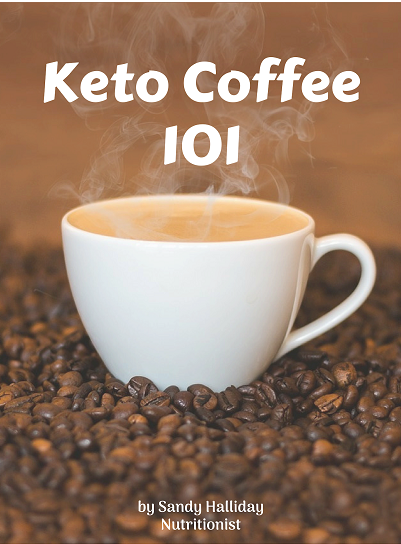When researching the ketogenic diet online, one of the terms you’ll come across is the alkaline keto diet. It’s a type of keto diet where you advised to eat many low carb alkaline foods. Alkaline refers to the pH level, which measures the acidity or alkalinity of certain foods.
You’ll come across articles that say the keto diet is full of acidic foods which can have some adverse effects on your body.
pH of the body
The truth is that the pH of your body is different in different areas. Your blood pH is tightly controlled by various mechanisms but other areas can fluctuate a little.
Your blood, for example, stays at a constant 7.4 while your stomach has a pH of 2 – 4.5. The duodenum has a pH of 7 – 7.5 while the small intestine is around 7.4 and the large intestine is about 5.5.
Eating alkaline won’t make your whole body turn alkaline. What it does is to give you an abundance of essential nutrients that help fight disease.
It’s true that the ketogenic diet is high in acidic foods. The foods that most people eat on a keto diet tend to come from animal proteins and dairy. These are broken down into acidic compounds which have to be buffered with alkaline minerals to maintain the body’s pH balance.
Eating alkaline foods will not change the pH of the blood nor the other areas but will provide the nutrients that allow your body to maintain homeostasis.
Want to know more about this? Read on.
What is the Alkaline Keto Diet?
As mentioned, the alkaline keto diet is a type of keto diet that encourages dieters to eat alkaline foods. According to Lynda A. Frassetto, MD, a professor of medicine at the University of California at San Francisco Medical Center,
“A ketogenic diet is a high-acid diet. When we eat a high-acid diet, the body is able to neutralize the acid, but we pay a price.”
When we eat highly acidic foods, the body will scavenge the acid-neutralizing minerals like potassium, magnesium and calcium from other tissues to help deal with the excess acid. Doing so can lead to the depletion of these minerals, slowing down metabolism and causing flu-like symptoms.
Related reading: What is Keto Flu & How To Prevent It?
If you keep on eating highly acidic foods, your body will have to step up its defenses by packing on fats. Michelle Schoffro Cook, Ph.D., a natural health expert, further explains that,
“The body accumulates fat as a way of storing the acidity it can’t process. Fat is damage control; when your fat stores are growing, it’s a sign of acidic buildup that the body is trying to buffer.”
But don’t let the highly acidic nature of keto prevent you from following the diet. The key is in eating plenty of low carb vegetables. That’s where many keto dieters fall down.
Related reading: Plant Based Ketogenic Diet – Is It Possible?
What Is Acidic Ketosis?
When following the alkaline keto diet, you must understand the difference between ketoacidosis and ketosis. Despite the similarity in the name, these are two different things.
Ketoacidosis, also referred to as DKA (diabetic ketoacidosis), is a complication of Type 1 Diabetes. It is a result of having a dangerously high level of blood sugar and ketones, which can be life-threatening.
Related reading: What Are Keto Diet Ketones?
The combination of ketones and sugar can make your blood highly acidic and affect the normal functioning of your internal organs, such as the liver and kidneys. When this happens, it’s important that you get immediate treatment.
DKA can happen pretty quickly and may develop in less than 24 hours. It usually occurs in people who have type 1 diabetes and those whose bodies are unable to produce insulin.
On the other hand, ketosis is not harmful and refers to the presence of ketones in the body, which is the case if you’re on a keto diet. You are in ketosis once your body starts using fats for fuel.
While in ketosis, your level of ketones is higher than the usual but not enough to trigger acidosis. Ketones are the chemicals your body produces once it burns stored fats for energy.
Heartburn on Keto Diet
The alkaline keto diet is also more suitable for people with acid reflux. Studies show that symptoms of acid reflux will appear more frequently after consuming foods high in fat. Furthermore, fats take longer to leave the stomach, which further increases the symptoms of acid reflux.
Heartburn is one of the symptoms of acid reflux. It’s a painful burning sensation in your chest or throat due to the irritation to the esophagus lining caused by stomach acid refluxing from the stomach into the esophagus.
Losing weight is important if you have acid reflux symptoms, which is why the keto diet is ideal for those with acid reflux. However, to prevent heartburn, you should choose low carb alkaline foods.
Related reading: Choose Keto-Alkaline Diet for Best New Year Weight Loss
Alkaline Vegetables For the Alkaline Keto Diet
The alkaline keto diet is all about eating foods rich in alkalizing minerals to counter the harmful effects of the high acidity levels.
Several vegetables contain precursors that the body can metabolize into compounds to help neutralize the acids from the protein and dairy that keto dieters often eat. Research shows that eating more acid-reducing foods can help lower the body’s overall acid level to 68%.
Related reading: Vegetarian Keto Diet – How Does It Work?
Here are some of the vegetables you can eat on the keto diet to neutralize the effect of acid-forming foods in your diet while also adding more antioxidants to your system.
1. Arugula
2. Asparagus
3. Bok Choy
4. Broccoli
5. Cabbage
6. Cauliflower
7. Cucumber
8. Garlic
9. Kale
10. Spinach
11. Swiss Chard
12. Zucchini
Low carb Low Acid Recipes
The alkaline keto diet discourages eating acid-promoting foods, including meat, fish, dairy products, processed foods, caffeine, white flour, and white sugar. It should also include the alkaline vegetables listed above.
Here are some recipes to consider for your Alkaline keto diet.
1. Chicken Cabbage Stir Fry
Ingredients
- ½ tablespoon avocado oil or coconut oil
- 4 oz sliced boneless chicken breast
- 2 cups shredded organic cabbage
- ½ tsp salt-free seasoning
- 1 tsp organic lemon juice
- 1 tsp sesame oil
- Redmond Real Sea Salt to taste
Directions
1. In a skillet, heat the oil of choice over medium-high heat. Add the shredded cabbage. Stir until the cabbage starts to wilt.
2. Add the chicken slices and seasoning ndd mix well. Stir fry until cooked.
3. Pour in the sesame oil and lemon juice and toss the ingredients in the pan for a few seconds before transferring them to a plate.
4. Serve with Tamari soy sauce or sriracha if you prefer spicy.
For an alternative try this Low Carb Braised Cabbage with Goats’ Cheese
2. The Ketogenic Alkaline Power Smoothie
Ingredients
- 1 Avocado
- ½ organic cucumber
- 1 cup full-fat coconut milk
- 1 tbsp coconut oil
- a handful of baby organic spinach
- 1 tsp cinnamon powder
- 1 tbsp almond butter
- ½ tsp ginger powder
- 1 tbsp chia seeds
- 1 tbsp organic cacao powder
- Filtered Water to achieve desired consistency
Directions
1. Blend all ingredients until smooth.
2. Sprinkle cinnamon powder on top.
3. Enjoy!
For more keto and low carb smoothie recipes check out this guide .
Final Thoughts
More research is needed to confirm the benefits of the alkaline keto diet. Remember eating a diet high in low carb alkaline foods will not tune your body alkaline. Your body tightly regulates the pH. However it does seem to be a healthy way to lose weight and improve other conditions.
The diet consists of whole and unprocessed foods filled with nutrients, such as vegetables, fruits, nuts, and seeds. These foods will have a positive effect on your overall health.










